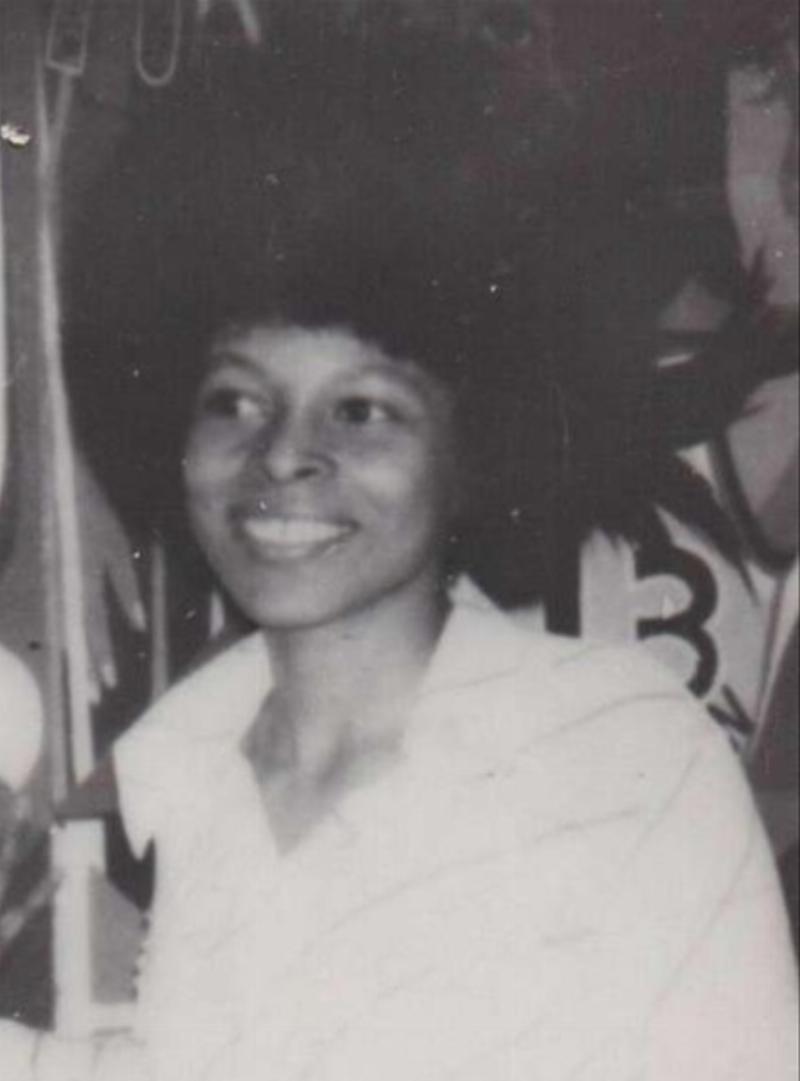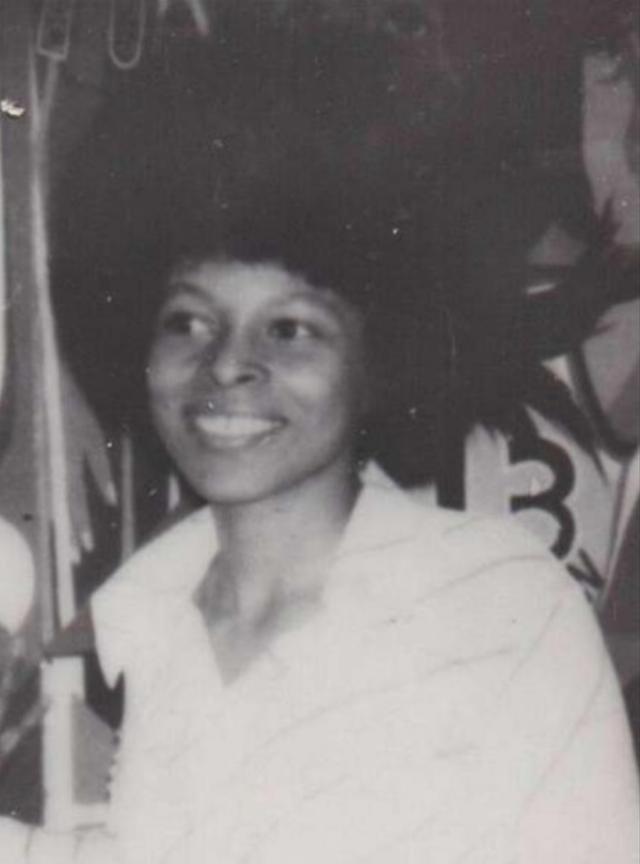


Much has been written these last few days about the death of Joanne Chesimard, who murdered a New Jersey state trooper and fled state custody to Cuba. Chesimard’s criminal pedigree and her association in the sixties and seventies with bombings, bank robberies, and assassinations of police officers on behalf of the Black Liberation Army is well-documented. She was a well-known defendant on court dockets, federal and state prosecutions that largely resulted in mistrials, hung juries, and acquittals.
The event that finally brought her to heel happened during the evening of May 2, 1973, when she and fellow BLA members James Coston and Clark Squire were pulled over for a routine motor vehicle violation on the New Jersey Turnpike, in an area within sight of the Holmdel State Police barracks. Trooper James Harper initiated the stop and Trooper Werner Foerster soon arrived as a backup.
The stop quickly deteriorated into chaos. Confusion and evasion over the ownership of the vehicle led to further inquiries. Squire was being questioned by Foerster outside the car when the trooper spotted a gun beneath his clothes and alerted Harper. From the right front passenger seat, Chesimard immediately pulled a weapon from her handbag and shot Harper in the shoulder. Harper was able to return fire, shot Chesimard in the shoulder and arm, and mortally wounded Coston, who was also shooting. Squire struggled with Foerster, drew his weapon, and shot the trooper in the arm, knocking him to the ground unconscious and out of Harper’s view. Believing he was alone against three armed adversaries, Harper, now suffering shock and loss of blood, backed away to the nearby barracks. Responding troopers found Foerster dead alongside the blood-stained rear tire of his patrol car.
After putting Foerster’s service weapon next to his body in a staged attempt to divert responsibility, Squire and Chesimard drove a few miles down the highway, dumped Coston’s body on the grassy berm and abandoned the car. Fleeing into the nearby woods, both were soon captured. The trunk of their vehicle was found to contain weapons, ammunition, stolen license plates, and fictitious identification documents.
Chesimard’s claims at trial that she was too incapacitated to murder Foerster did not align with the evidence. After Harper had left the scene, Chesimard had joined Squire next to the unconscious Foerster. She shot him once in the stomach with her own weapon. Foerster’s service revolver was then wrenched from its holster and used to shoot him twice in the head. Blood sprayed onto the front of the clothes she was wearing, proof that she was standing and facing Foerster when he was executed.
Chesimard was convicted in 1977 and sentenced to life imprisonment. She was sent to an all-women federal corrections facility in Alderson, West Virginia. When Alderson shut down in early 1978, she was sent back to New Jersey. Despite her classification as a “high security risk,” she was sent to a facility in Clinton enclosed by a chain link fence that housed seventeen women under the watch of three female guards. Her room lacked the severity of a prison cell and had the kaleidoscopic feel of a college dormitory room, with a desk, framed pictures, posters, and books.
In November 1979, an alliance of domestic terrorist groups, including the Weather Underground and BLA, surveilled and exploited the poor security protocols at Clinton, and facilitated her escape. For the next several years, she moved between safehouses, eventually entering Mexico. With the help of Cuban agents who had been providing aid and training to American radical groups, she was brought to Havana in 1984.
 In the beginning of her Cuban exile, she was a Castro-coddled celebrity, hobnobbing with the ruling class, earning a master’s degree, sitting front and center at Havana’s Annual May Day Parade, and raising piña coladas at smoky Cohiba parties in the five-star hotels along the Bahia de Habana. Often seen about town among the unwashed masses, she was conspicuous in her floral dashikis, drove luxury cars, and carried false identity credentials issued by the regime. She slowly acquitted the debt of her asylum by charming foreign delegations on the airport tarmac with tales of American oppression.
In the beginning of her Cuban exile, she was a Castro-coddled celebrity, hobnobbing with the ruling class, earning a master’s degree, sitting front and center at Havana’s Annual May Day Parade, and raising piña coladas at smoky Cohiba parties in the five-star hotels along the Bahia de Habana. Often seen about town among the unwashed masses, she was conspicuous in her floral dashikis, drove luxury cars, and carried false identity credentials issued by the regime. She slowly acquitted the debt of her asylum by charming foreign delegations on the airport tarmac with tales of American oppression.
Under her nom de guerre of Assata Shakur, she had become the sock puppet of the Cuban government and darling of America’s Black revolutionary movement. She stood out colorfully among the drab olive green fatigues of Castro’s top henchmen, granting interviews to glitzy lifestyle magazines, and giving her stateside acolytes a good brainwashing with an incendiary memoir and documentaries.
The year 2005 marked a turning point in the comfort and prosperity of Chesimard’s exile with a resurgent campaign by State Police to bring her back to New Jersey. Partnering with the FBI, NJSP announced that the vintage reward of fifty thousand dollars for her return had been raised to a million. Border entry points in neighboring Caribbean countries were alerted and American economic and political missions to Cuba were urged to lobby for her expulsion. Tens of thousands of NJSP wanted flyers in Spanish and English advertising the increased reward were provided to Cuban émigré associations in Miami and smuggled into friendly consulates in Cuba.
As word of her presence and bounty spread across the island, Chesimard became “las mujeres de un millón de dólares,” the women of a million dollars, putting the risk of abduction into every move she made. International bounty hunters began picking up the scent and she started paying more attention to the rearview mirror than the road ahead.
On May 2, 2013, marking the fortieth anniversary of Trooper Foerster’s murder, NJSP upped the reward again to two million, and she gained further notoriety as an FBI Most Wanted Terrorist. Chesimard was rapidly becoming an inconvenience for her masters, with far greater value as a bargaining chip and prize money than a useful idiot. Banished to a gated community, she was rarely heard from and seen even less.
A CNN reporter who arranged a rare, public interview with her in 1998 found her uncomfortable in her surroundings, distrustful, evasive to questions, and uninformed of the political situation in America. In many ways, she had now become the epitome of Cuban existence, trapped in the mid-twentieth century with better recollections of the past than her future could ever provide. Fifteen years later, that same correspondent found that Chesimard had disappeared without a trace, with sources saying she had not been seen in a decade.
Over the years of her exile, the NJSP crusade pressed on despite political headwinds. Before and between the Trump administrations, the U.S. State Department gave only lip service to the FBI and NJSP, shrugging off the use of Chesimard as a linchpin in Cuban negotiations.
In 2017, NJSP gave a graphic briefing on the Foerster homicide to a Cuban police delegation in Washington, eliciting a level of sympathy and understanding insufficient to overcome the pigheadedness of their political superiors. That same year, Trump reinstated Cuban travel and business restrictions, and put Chesimard back in the crosshairs.
For Chesimard, the island she chose to die on may just as well have been deserted. Her lifestyle and freedom had withered to the boundaries of a small dwelling, a prison of her own making, without friends or family, boxed in by reward money, and fearful of public recognition. It was social and cultural isolation courtesy of the FBI and NJSP. The rest of her life would hold her hostage to the tormenting progression of kidney failure and dialysis that would bring her finally to judgment and perdition. As a fugitive and asylee, she is not worthy of burial on American soil.
The death of Joanne Chesimard is a watershed moment in a fifty-year odyssey. Detectives from three generations of troopers, joined by FBI agents, never abandoned the pursuit for a cop killer. To the New Jersey State Police, what’s past is prologue, and the years gone by were never bygones left to be bygones.
Image: Public Domain
